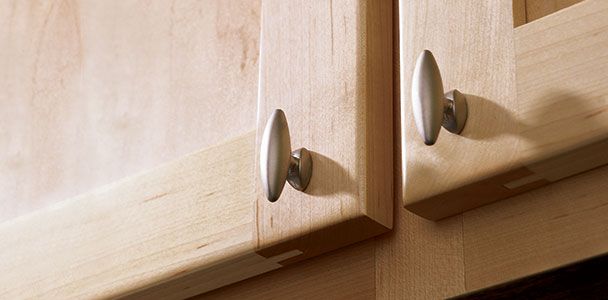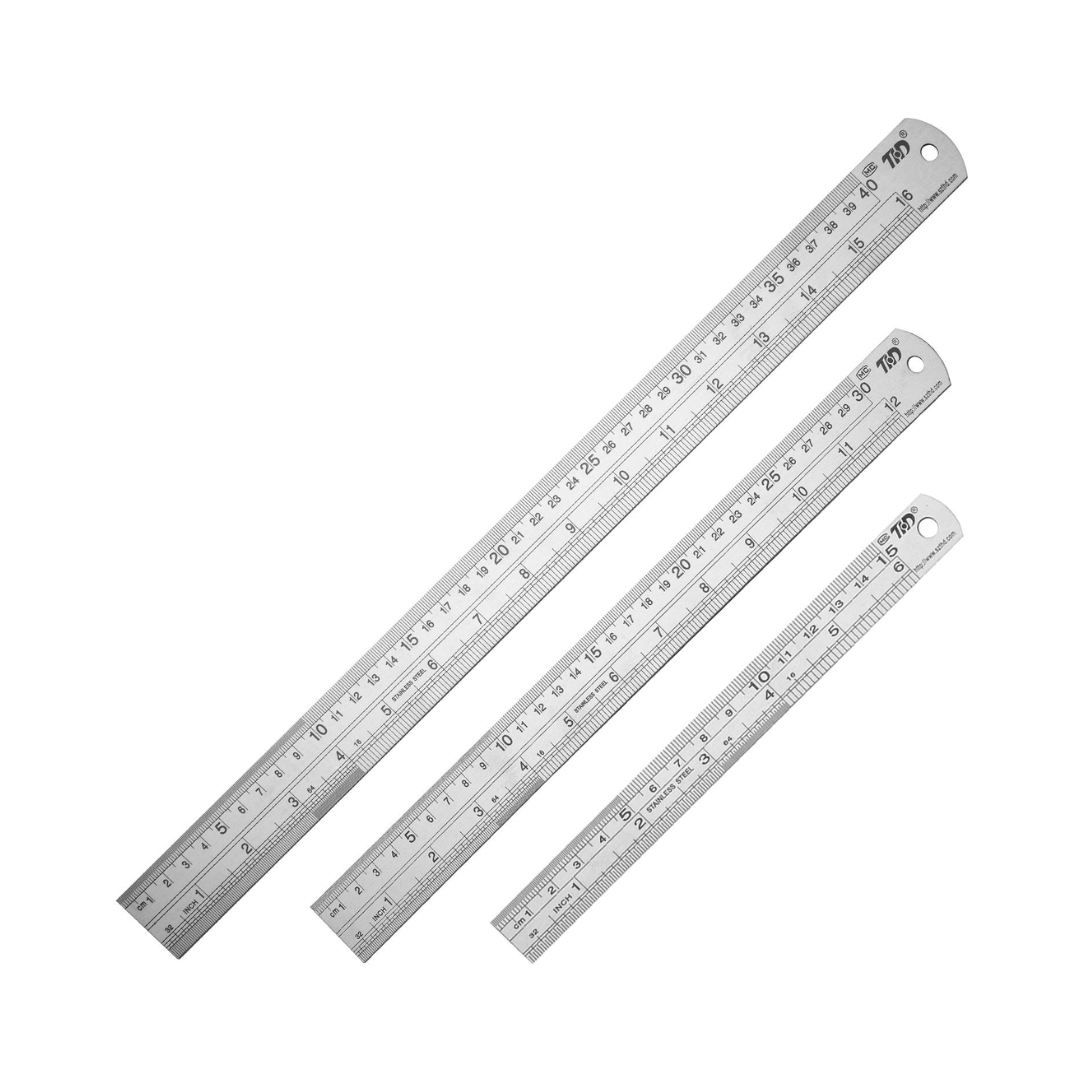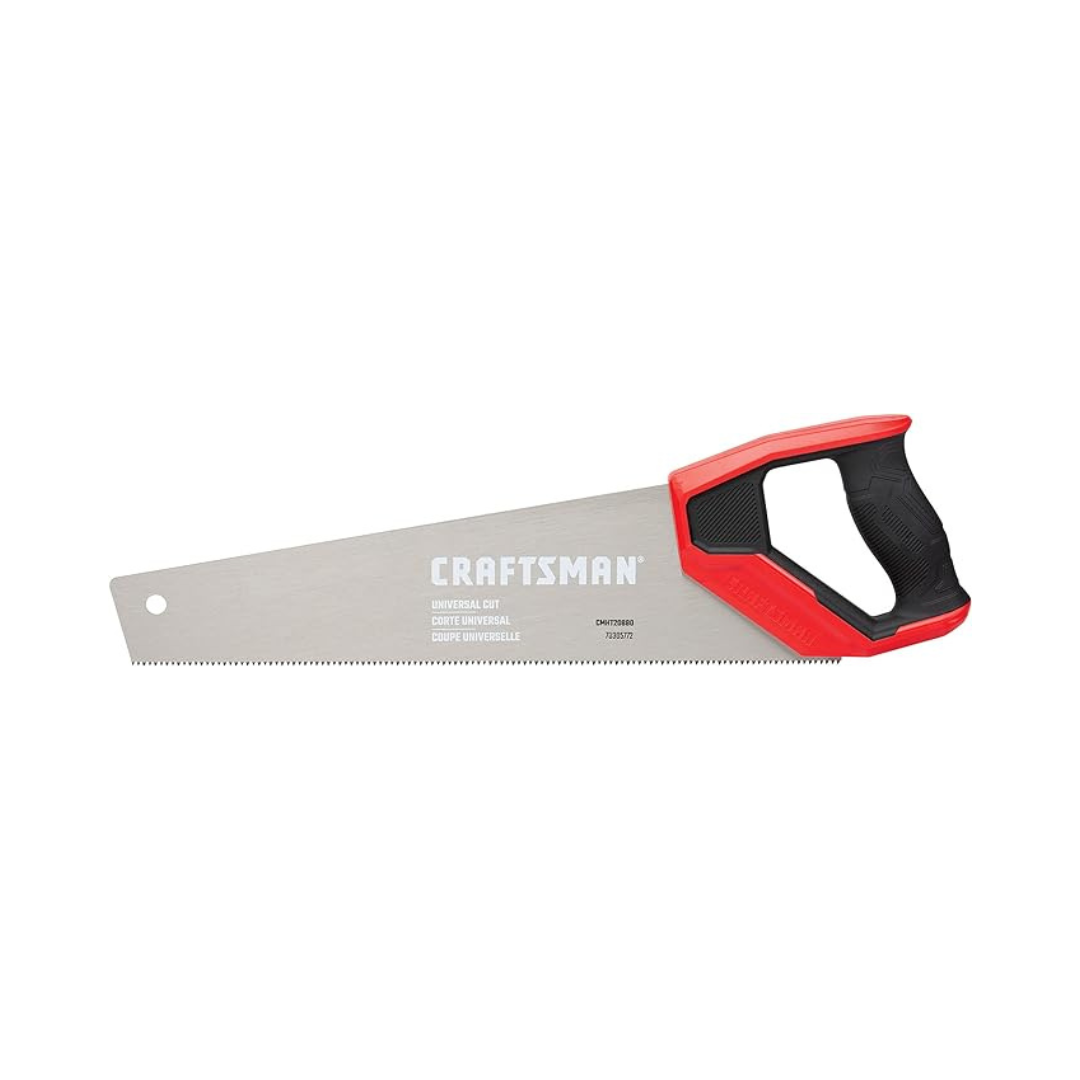Project details
Skill
Cost
Estimated Time
Refacing kitchen cabinets is a popular way to give your kitchen a fresh, updated look without the cost and hassle of a full renovation. The process involves replacing the doors and drawer fronts of your existing cabinets and applying a new veneer to the framework.
We wrote this guide for DIY-inclined homeowners with basic to intermediate home improvement skills. We’ll cover everything from the tools you need to the step-by-step process of refacing your cabinets.

Why Reface Your Kitchen Cabinets?
Homeowners choose to reface their cabinets rather than replace them for several reasons:
- It’s cost-effective: Replacing kitchen cabinets can be incredibly expensive. Refacing, on the other hand, is a more cost-effective solution that can achieve similar aesthetic results. While a full cabinet replacement can cost thousands of dollars, refacing usually costs a fraction of that.
- There’s less disruption: A complete kitchen renovation can be highly disruptive, often leaving your kitchen unusable for weeks. Refacing your cabinets causes less disruption and usually takes only a few days to complete, allowing you to resume your daily routine quickly.
- It’s more environmentally friendly: Refacing reduces waste by reusing your existing cabinet structures. Choose sustainable materials for your new doors and veneers to lower your carbon footprint even more.
- Replacement may be unnecessary: If the interior of your cabinets is in good shape and you’re happy with the current layout of your kitchen, you probably don’t need or want to replace them entirely.
Tools and Materials for Refacing
Before diving into the refacing process, first gather all the necessary materials. Here’s a list of tools and supplies we recommend for refacing your kitchen cabinets:
- Adhesive: For applying veneer.
- Clamps: Hold the veneer in place while the adhesive sets.
- Hinges and hardware: Replace old hinges and hardware for a completely refreshed look.
- Level: Helps align doors and drawer fronts correctly.
- Measuring tape: Gives precise measurements of your cabinet doors and drawer fronts.
- Paintbrush or roller: For applying adhesive.
- Sandpaper: For smoothing surfaces before applying veneer.
- Screwdriver or drill: To remove and reattach cabinet doors and hardware.
- Utility knife: To trim veneer.
- Wood filler: For any minor repairs or imperfections.
Preparing to Reface Your Kitchen Cabinets
Once you have your tools and materials, you’re ready to begin. Below are some steps we recommend to get your project started on the right foot.
Measuring and Ordering Materials
Before you start, take accurate measurements of your existing cabinets. Measure the height and width of each door, drawer front, and surface area of the cabinet frames you’re covering with veneer. Once you have these measurements, you can order your materials. Pick veneer sheets, replacement drawers, and cabinet fronts that complement your current kitchen. We recommend ordering a little extra veneer to account for any mistakes or miscalculations.
Removing Old Hardware
Start by removing all cabinet doors, drawer fronts, and any existing hardware, such as hinges and handles. Label each piece as you remove it so you know exactly where it will go when it’s time to reassemble.
Cleaning the Cabinet Surfaces
Clean your cabinets thoroughly so the veneer and adhesive bond properly. Use a mild cleaner to remove grease, dirt, and other residues from cabinet surfaces. After cleaning, let the cabinets dry completely before proceeding to the next steps.
Applying the Veneer
Now, it’s time to apply the veneer. Take your time with this process to achieve a clean and polished look.
Cutting the Veneer Sheets
Cut the veneer sheets to size using a utility knife and a straightedge for clean, straight cuts. Remember to cut the veneer slightly larger than needed—you can trim the excess after it’s applied.
Applying Adhesive
Use a paintbrush or roller to apply a thin, even layer of adhesive to the cabinet surface. Be sure to cover the entire surface for a strong bond. For the best results, follow the manufacturer’s instructions on the adhesive.
Attaching the Veneer
Carefully align the veneer sheet with the cabinet surface and press it into place. Use clamps to hold the veneer firmly against the cabinet until the adhesive sets. Work slowly to avoid air bubbles and ensure the veneer lies flat. If you have bubbles, smooth them out towards the edges before the adhesive dries.
Trimming Excess Veneer
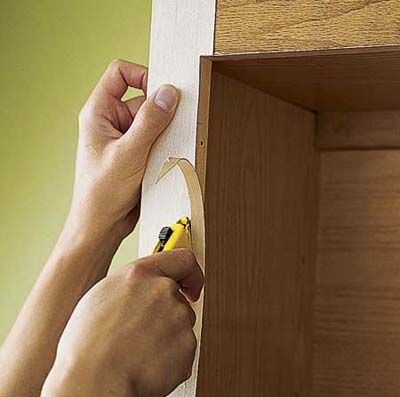
Once the veneer is securely in place and the adhesive has dried, use a utility knife to trim any excess. Be precise to ensure clean edges. Sand the edges lightly with sandpaper to remove any rough spots and achieve a smooth finish.
Installing New Doors and Drawer Fronts
With the veneer applied, you can move on to installing the new doors and drawer fronts.
Attaching Hinges and Handles
Begin by attaching the hinges to the new door fronts. Make sure they’re positioned correctly for smooth opening and closing. Once the hinges are in place, attach the door handles and drawer pulls. Use measuring tape and a level to check that they’re correctly aligned and evenly spaced.
Reattaching Doors and Drawers
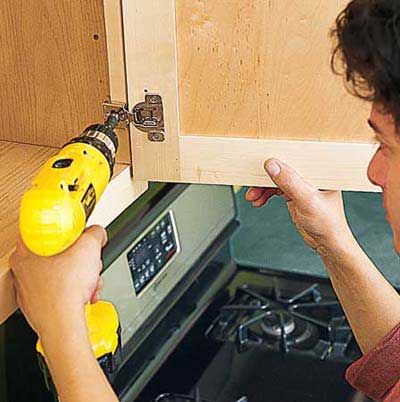
Use a drill to reattach the doors and drawer fronts to the cabinet frames. Make sure everything opens and closes smoothly.
Final Adjustments
After reattaching all doors and drawer fronts, make any final adjustments to ensure everything is aligned and functioning properly. Check for gaps, uneven surfaces, or misaligned hardware and correct them as needed.
Tips for Working With Different Materials
Different cabinet materials require different preparation and care when refacing. Some of the most popular types of kitchen cabinet materials are:
- Wood: Traditional wood cabinets are versatile and relatively easy to work with. Ensure the wood is clean and sanded before applying the veneer. You may need to repair any dents or scratches with wood filler before starting.
- Laminate: Laminate cabinets require extra preparation thanks to their smooth surface. Lightly sand the surface to give the adhesive something to grip onto. Use a high-quality adhesive designed for laminate to ensure a secure bond.
- Metal: Refacing metal cabinets can be more challenging because of their durability and slick surfaces. You’ll need a specialized adhesive designed for metal surfaces. Lightly sand the metal to create a rough surface for better adhesion.
How Long Does Cabinet Refacing Take?
Cabinet refacing typically takes between three and five days, depending on the size of your kitchen and your skill level. Proper preparation and planning can help you complete the job more efficiently.
How Much Does Cabinet Refacing Cost?
Homeowners can expect to spend between $1,000 and $5,000* on laminate or wood veneer materials to reface cabinets in a small kitchen. That number can jump to over $15,000 for custom wood cabinets in a large kitchen. The price varies widely based on the materials you choose and the size of your kitchen. While this is significantly less expensive than a full cabinet replacement, it’s still important to budget for the project and account for any unexpected expenses.
*Cost information is based on 2024 reports from Angi.
Kitchen Cabinet Refacing: Additional Considerations
There are several additional factors you might consider when refacing your kitchen cabinets.
Choosing Eco-Friendly Options
When choosing materials for refacing, some homeowners look for sustainable options. Bamboo and reclaimed wood are excellent renewable choices. These materials can add a unique touch to your kitchen while minimizing your environmental impact.
Selecting low-VOC (volatile organic compound) adhesives can help improve indoor air quality and reduce harmful emissions. These adhesives are just as effective as traditional options but are better for your health and the environment.
Updating Cabinet Hardware
New hardware can make a significant difference in the appearance of your refaced cabinets. Choose handles and knobs that complement your new doors and drawer fronts. This small change can elevate the overall look of your kitchen.
Adding Crown Molding
Crown molding can add a touch of elegance to your refaced cabinets. This relatively simple addition can make your kitchen appear more high-end and visually appealing. You can purchase pre-cut sections of crown molding that are easy to install.
Installing Under-Cabinet Lighting
Under-cabinet lighting enhances the functionality of your kitchen and adds a modern touch. LED strip lights are easy to install and can create a warm, inviting ambiance. This lighting can highlight your new cabinets and make your kitchen more user-friendly.
